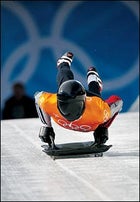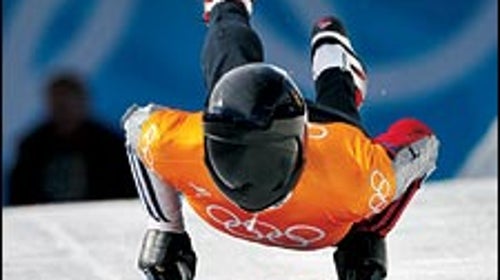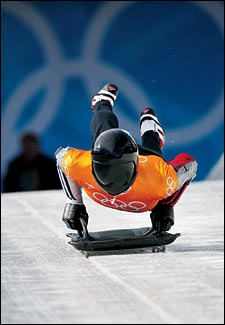WHEN OLYMPIC ORGANIZERS reintroduced the old-school sport of skeleton at the 2002 Salt Lake City Games, after a 54-year hiatus, they had a hit. Skeleton, which sends competitors headfirst down icy tracks at up to 80 miles per hour, is the “moonshine of winter thrills,” as American gold-medal winner Jim Shea Jr. puts it.
Learn to Skeleton
 THIS COULD BE YOU: Olympian Kwang-Bae Kang, of South Korea, on the Park City track
THIS COULD BE YOU: Olympian Kwang-Bae Kang, of South Korea, on the Park City track
Now, thanks to a slew of new recreational skeleton classes, you can try it yourself. At North America’s three tracks—in Park City, Utah; Lake Placid, New York; and Calgary, Alberta—aspiring “skeletors” can sign up for half-day courses (which might have them topping 50 mph), fantasy camps, and certification schools that grant access to icy serpentines from Japan to France.
Coaches insist skeleton is safe—even high-speed wipeouts typically deliver only bruises—and easy to pick up. Just look at the trajectory of 2004 World Cup champ Lindsay Alcock, a Canadian who took a beginner class in Calgary in 1998. Two months later, she entered her first elite-class race.
WHERE TO SKELETON
» Half-day course, $150; four-day certification, $500; Skeleton Fantasy Four-Day Camp, $750; 435-658-4208
» Six-day certification, $850; five-day camp, including stay and meals, with certification, $1,500; 518-523-1842
» Two-hour beginner class, US$35; three-day certification, US$250; 403-247-5490


